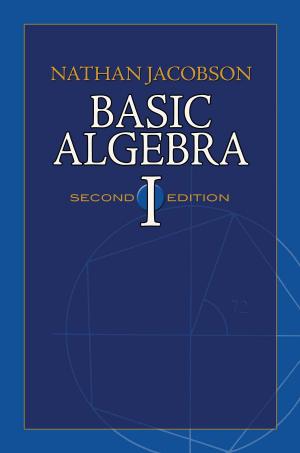Operator Methods in Quantum Mechanics
Nonfiction, Science & Nature, Science, Physics, General Physics| Author: | Martin Schechter | ISBN: | 9780486150048 |
| Publisher: | Dover Publications | Publication: | June 10, 2014 |
| Imprint: | Dover Publications | Language: | English |
| Author: | Martin Schechter |
| ISBN: | 9780486150048 |
| Publisher: | Dover Publications |
| Publication: | June 10, 2014 |
| Imprint: | Dover Publications |
| Language: | English |
This advanced undergraduate and graduate-level text introduces the power of operator theory as a tool in the study of quantum mechanics, assuming only a working knowledge of advanced calculus and no background in physics. The author presents a few simple postulates describing quantum theory, gradually introducing the mathematical techniques that help answer questions important to the physical theory; in this way, readers see clearly the purpose of the method and understand the accomplishment. The entire book is devoted to the study of a single particle moving along a straight line. By posing questions about the particle, the text gradually leads readers into the development of mathematical techniques that provide the answers. Lebesgue integration theory and complex variables are sometimes involved, but most of the book can be understood without them. Exercises at the end of each chapter provide helpful reinforcement.
This advanced undergraduate and graduate-level text introduces the power of operator theory as a tool in the study of quantum mechanics, assuming only a working knowledge of advanced calculus and no background in physics. The author presents a few simple postulates describing quantum theory, gradually introducing the mathematical techniques that help answer questions important to the physical theory; in this way, readers see clearly the purpose of the method and understand the accomplishment. The entire book is devoted to the study of a single particle moving along a straight line. By posing questions about the particle, the text gradually leads readers into the development of mathematical techniques that provide the answers. Lebesgue integration theory and complex variables are sometimes involved, but most of the book can be understood without them. Exercises at the end of each chapter provide helpful reinforcement.















